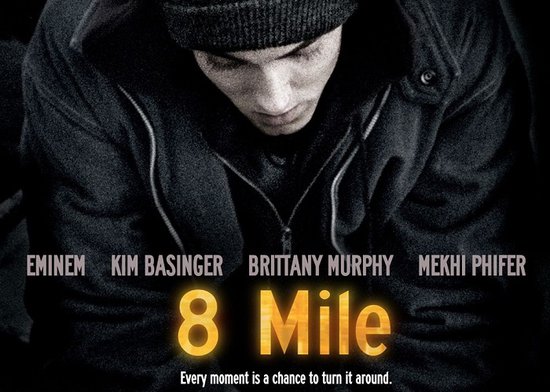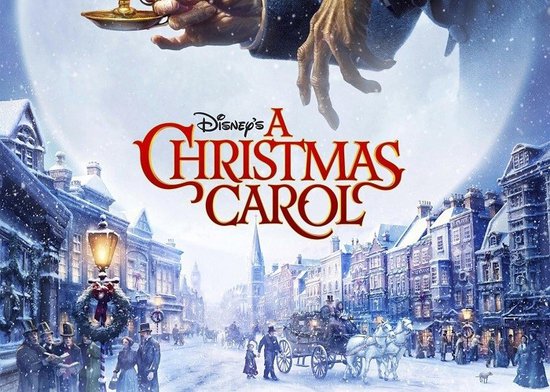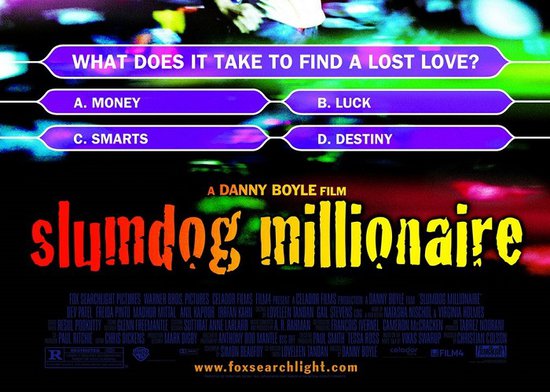What to do about restricted and banned items
Many public and tertiary libraries stock books, DVDs or music that hold a restricted classification.
We have listed the main points on managing these items here:
- If your library has restricted books or magazines, you will need to manage those items to ensure underage people cannot access them, for example, by holding them behind the counter or placing them in a restricted access collection.
- If you see a red restricted label that looks the same as a film label on an item, it means it has been legally restricted to people above the age on the label. You cannot lend this item to someone under the age on the label.
- Books, magazines and sound recordings that were restricted before 2005 were not required to have official labels and can carry a variety of labels indicating a restriction. If a book or magazine in your collection has a label on it and you are not sure what it means, contact our Information Unit.
- A classification decision remains in force unless a new decision on the publication has been made. This means if an edition of a book was banned or restricted in 1966, it will still be banned or restricted. If you need to check the classification of any titles in your collection you can look on the NZ Register of Classification Decisions.
- If you discover a book in your collection is 'banned', you must remove it from the library collection immediately. In this instance we recommend you contact our Information Unit to discuss your options.
- It is possible to apply to get an older classification decision reviewed. You can read more about seeking a review here.
- Books are not required to be classified before they are supplied to the public in the same way that films are. If you think a book in your collection may need to be classified, you can read about this process on the classification process page.
Was this helpful?
If you'd like to know more about this topic, get in touch. We're happy to help.



